
Alright, buckle up, fellow gearheads and automotive admirers! Ever felt like you’re under a microscope when you pull into a car meet or even just park your ride on the street? You’re not alone. The world of car enthusiasts, while incredibly passionate and vibrant, operates on a unique, often unspoken, code of conduct. It’s like a secret handshake, but instead of hands, it involves everything from how you park to the shine on your paint. Believe it or not, these subtle cues tell a whole story about you.
This isn’t always about being overtly judgmental for the sake of it – okay, maybe a *little* bit sometimes, we’re only human! – but rather about upholding standards of respect, passion, and camaraderie that keep our beloved car culture thriving. Whether you’re a seasoned veteran with grease under your fingernails or just starting your automotive journey, there are certain things that will instantly tell other enthusiasts what kind of car person you are. And trust us, they’re watching, perhaps more closely than you think.
So, get ready to discover the universal truths, the subtle nods, and yes, the occasional eyebrow raises that define how car enthusiasts size up your vehicle and, by extension, you. We’re diving deep into the automotive commandments, starting with the first half of our crucial list, to help you navigate the scene like a true insider and avoid those cringe-worthy judgment calls. Let’s roll!

1. **Judging the Purchase: Thou Shalt Not Spend Other People’s Money**Let’s kick things off with a golden rule that seems simple but gets broken more often than a cheap exhaust weld: don’t play armchair CEO with someone else’s car budget. We’ve all been there, glowing in the aftermath of finally snagging that dream ride, only for someone to chime in with the ever-so-helpful, “You should’ve bought a…” It doesn’t matter if you went new or used, a 911 or a Z06; someone always has a ‘better’ option they think you missed. It’s a classic move that instantly signals a certain kind of car person – and usually not the one you want to hang out with in the garage.
The beauty of car ownership, and truly, car culture itself, lies in the sheer diversity of choices and the personal narratives behind them. People pick their cars for a million different reasons: budget constraints, the quest for reliability, a yearning for uniqueness, a deep emotional connection, or sometimes, just because it felt absolutely right in that moment. It’s about celebrating that individual passion, not acting as the self-appointed purchase police. Every car has a story, and every owner deserves to tell it without unsolicited commentary on their financial decisions or perceived missed opportunities.
This “mine is better than yours” mentality, as noted in the broader discussion about car enthusiasts, often springs from a competitive and judgmental streak. Some people “look down on those who drive hybrid cars for better gas mileage or who enjoy new car technology.” This creates an environment where personal preferences are belittled, and financial choices are scrutinized, fostering negativity instead of mutual respect. It’s a quick way to make others feel inferior and deter newcomers from engaging with the community.
So, when a fellow enthusiast rolls up, beaming with pride over their new-to-them wheels – whether it’s a pristine classic or even a “rough-around-the-edges Jetta with peeling tint” – the proper response is simple: be cool, be supportive, and let them savor their moment. Raining on someone’s parade, especially after they’ve invested their hard-earned money and dreams, isn’t just bad form; it undermines the very spirit of community and shared passion that should define the automotive world. We’re here to lift each other up, not tear down someone’s joy because their choices don’t align with our own.

2. **Judging Taste: Thou Shalt Respect All Builds (Even the Questionable Ones)**If car culture has a canvas, it’s the boundless diversity of builds out there. From a muscle car meticulously restored to its showroom glory to a slammed JDM import sporting “more camber than a broken ankle,” and from lifted trucks that could scale mountains to concours-level European exotics, there’s truly a sub-genre for every single taste. What this incredible variety demands from every true enthusiast is a fundamental respect for the sheer effort, vision, and often, a significant fortune invested in these unique creations.
It’s perfectly fine if a particular aesthetic isn’t “your personal cup of high-octane tea.” Not every style has to appeal to everyone, and that’s part of what makes our community so vibrant. However, not liking a build is a vastly different thing from disrespecting the skill and dedication that went into its execution. Every modification, every restoration, every custom touch represents hours of hard work, problem-solving, and a deep personal connection to the vehicle. To dismiss it outright is to dismiss a piece of someone’s passion and identity.
This refusal to appreciate diverse tastes can sometimes be a sign of a “close-minded” or “ignorant” car enthusiast. The context points out that some car people “look down on those who drive hybrids, enjoy new car technology, or simply have different priorities.” This “superiority complex” can manifest as belittling others’ cars or choices, even when those choices are executed with passion and skill, just in a different style. It’s a sad departure from what true enthusiasm should be, fostering divisiveness instead of unity.
This appreciation for craftsmanship and individual expression is more than just good manners; it’s “the glue that binds us.” It’s what keeps the car scene from becoming a monotonous parade of identical vehicles, stifling creativity and discouraging innovation. The rule is simple: “Unless it’s genuinely unsafe or blatantly stolen, keep your snark to yourself.” Celebrate the differences, admire the commitment, and understand that every car tells a story, even if it’s a story you wouldn’t write for yourself.
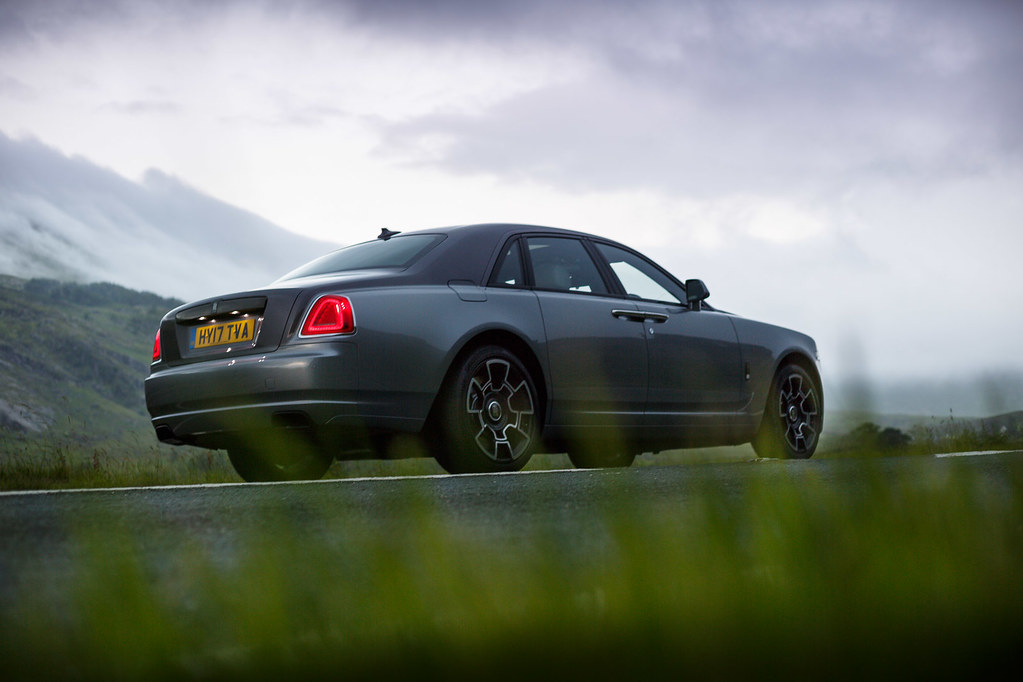
3. **Judging Skill and Safety: Thou Shalt Know Thy Limits (And Thy Car’s)**Here’s a truth bomb for anyone who loves pushing the pedal: a truly “self-respecting car enthusiast knows their machine inside and out.” This isn’t just about quoting horsepower figures; it’s about understanding the complete package. What good is immense power if you don’t have “adequate braking, proper suspension tuning, and sticky tires” to rein it in? Raw acceleration means nothing if you can’t confidently “navigate a corner or, more importantly, stop before you meet an oak tree or, worse, a minivan full of toddlers.” It’s a stark reminder that true skill involves control, not just raw speed.
As Threads user p_griff so wisely put it, “Know your limits when driving with passengers and/or in traffic. Your fun shouldn’t put someone else in danger.” This isn’t a call to drive slowly or conservatively everywhere; it’s a plea to drive *smart*. It means operating “within your skill set, your car’s actual capabilities (not just its claimed top speed), and the conditions of the road.” We all cherish our cars, but we care infinitely more about the safety of our passengers and every other individual simply trying to reach their destination without incident. The road is a shared space, not a personal playground.
The “Overestimating Skill Levels with High-Performance Cars” mistake highlighted earlier perfectly encapsulates this point of judgment. Many enthusiasts, blinded by the allure of speed, “jump straight into a car with capabilities far beyond their experience.” The consequences range from “scratches on the car, bruises on their ego,” to becoming “the laughingstock of car enthusiasts globally” through viral videos of drivers who “cannot handle the metal with their mettle.” It’s not just embarrassing; it’s dangerous and shows a profound lack of respect for the vehicle and public safety.
Let’s be crystal clear: “Public roads are not proving grounds for your questionable driving talent or your car’s nonexistent handling.” Save the high-speed heroics and boundary-pushing maneuvers for controlled track days, where the only likely consequences are expensive repairs, not tragic fatalities. Nobody wants to see their pride and joy, or worse, themselves, end up on a “YouTube compilation featuring takeovers gone wrong.” A true enthusiast earns respect by demonstrating mastery and responsibility, not by risking lives for a fleeting thrill.
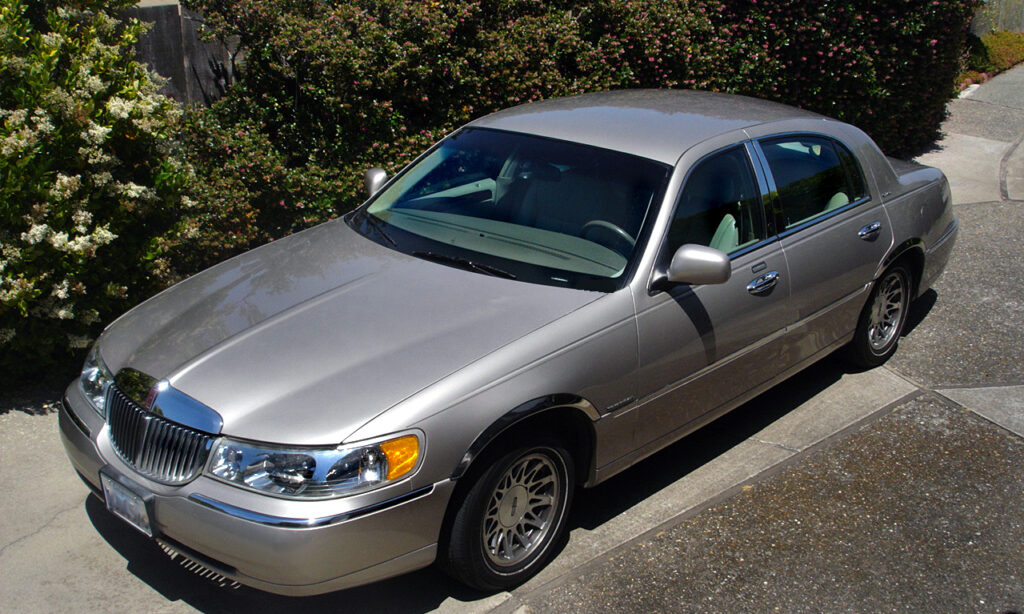
4. **Judging Camaraderie: Thou Shalt Help Thy Friends (For Drinks, Pizza, and Shared Misery)**If you’ve ever truly gotten your hands dirty, diving deep into the guts of a vehicle, then you intrinsically understand “the unspoken pact” of the automotive brotherhood (and sisterhood!). This isn’t just about sharing a hobby; it’s about sharing the grind, the triumphs, and let’s be honest, “the shared misery” that comes with wrenching. It involves countless hours spent in a garage, often “poorly lit,” surrounded by your closest cohorts, fueled by “lukewarm drinks, pizza consumed directly off a grease-stained workbench,” and the glorious symphony of power tools, classic rock, and a healthy dose of “muttered profanities” aimed at that perpetually “stripped bolt.”
Threads user d.faulkner_ perfectly encapsulated this ethos, stating that “Manual labor gets paid for in the form of beer and pizza,” a sentiment echoed by countless enthusiasts. In these “sacred garage sessions,” monetary gain isn’t even part of the equation. Your true compensation is the cold brew, the satisfying slices, and the deep, abiding “camaraderie of busting knuckles and solving mechanical puzzles” side-by-side. It’s a bond forged in shared challenges and greasy triumphs, a testament to the collective spirit that makes car culture so special.
The alternative, according to the broader context, is an “inconsiderate” approach to the car community. If you’re unwilling to lend a hand, it could be seen as contributing to the negative stereotype of car enthusiasts being “hostile towards those who are not car enthusiasts themselves” or creating a “culture of competition and one-upmanship” rather than collaboration. True community thrives on mutual support and shared experiences, not just individual achievements. Ignoring a friend in need in the garage is a serious misstep in this regard, eroding the very foundations of automotive friendship.
This isn’t an optional perk; it’s “the law of the wrench.” If a buddy is in a bind, needing “an extra set of hands to pull an engine, bleed brakes, or simply needs that one specialized tool you own,” you drop what you’re doing and you show up. “No questions asked.” This selfless support is, without exaggeration, “the purest form of community in the automotive world.” It’s where legends are born, friendships are solidified, and where everyone learns that sometimes, the best upgrade isn’t a part, but a helping hand.
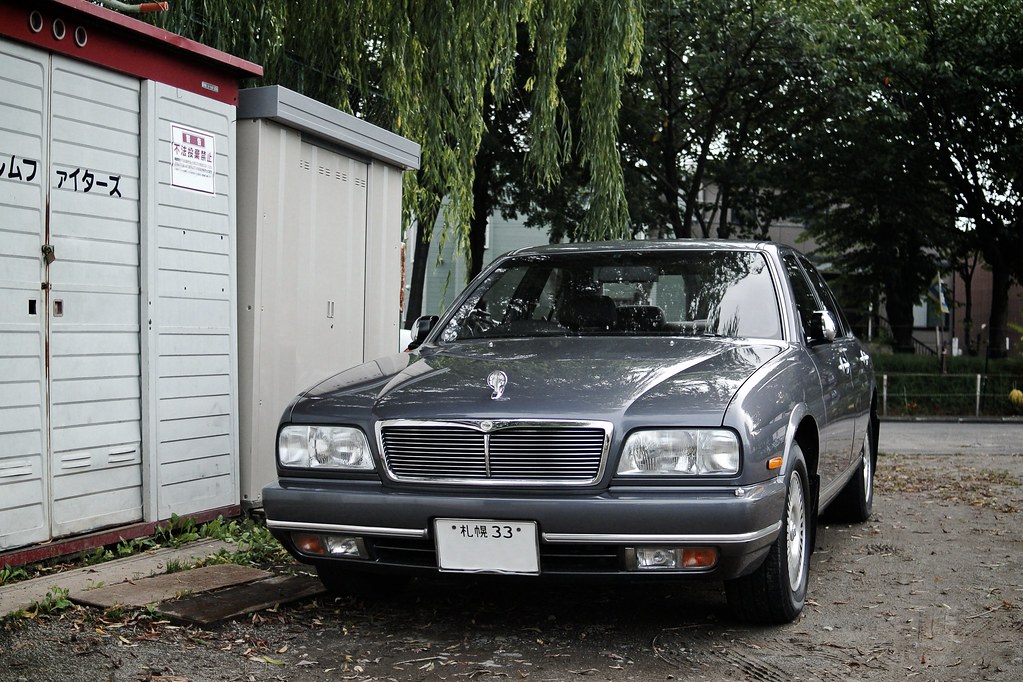
5. **Judging Mentorship: Thou Shalt Always Say Yes to the Kids**Here’s an unwritten rule that warms the heart and, arguably, stands as one of the “most crucial” tenets of our entire community: “we always say yes” to the kids. Imagine the wide-eyed wonder as a child beholds a gleaming machine, their imagination instantly ignited. Whether it’s the simple act of “giving your engine a respectful blip,” allowing a curious youngster to “sit in the driver’s seat at a car show,” or patiently “answering their endless questions,” these small gestures create monumental memories and foster a sense of belonging.
We all remember those “formative moments from our own youth.” Perhaps it was catching a glimpse of a particularly cool car, hearing that “intoxicating engine note” rumble through the air, or getting that “rare chance to actually sit inside a dream machine.” These “fleeting interactions can ignite a lifelong passion,” planting the seeds for future mechanics, drivers, and fellow enthusiasts. Just think of James, a friend whose lifelong “automotive addiction” to Dodge Vipers was sparked after seeing one at a Little League game as a child – a testament to the power of a single moment.
Failing to engage with curious children could unfortunately feed into the negative perception that car enthusiasts are “inconsiderate of their community” or even “close-minded.” When we shut down that budding interest, we’re not just dismissing a child; we’re potentially stifling the growth of the very culture we cherish. It goes against the spirit of welcoming new blood and ensuring the passion lives on, preventing the community from becoming an exclusive echo chamber that ultimately withers over time.
Inspiring “the next generation of potential enthusiasts, mechanics, and drivers” is not just a kind act; it’s an investment in the future of our passion. A few minutes of your time, a moment of shared enthusiasm, can genuinely “create a lifelong automotive addiction” for a young mind. So, the next time a child approaches your pride and joy with curiosity, remember this rule, flash a smile, and open the door to a world of automotive wonder. You might just be sparking the next legend, contributing to a legacy that extends far beyond your own garage.
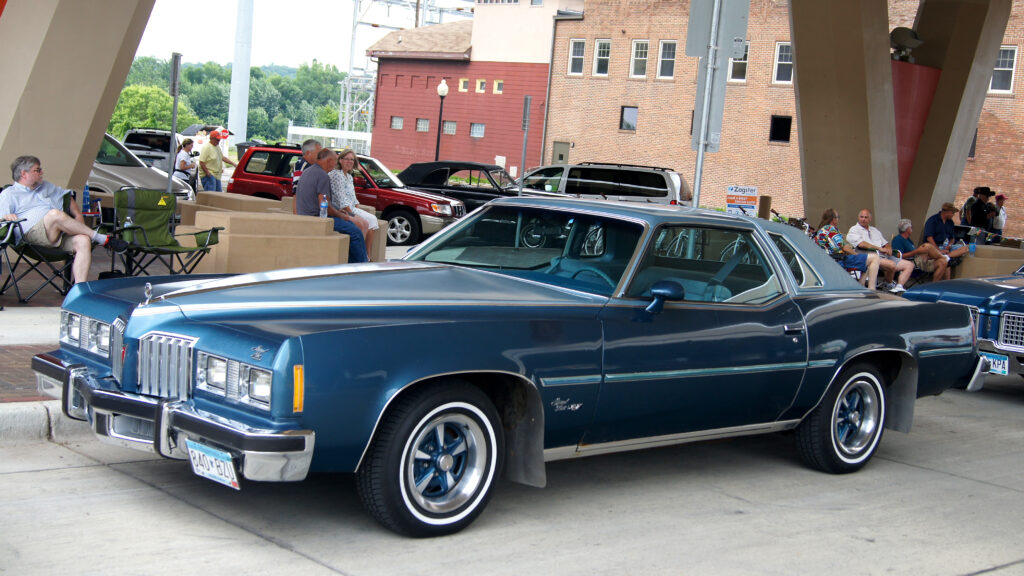
6. **Judging Presentation: Thou Shalt Wash Thy Ride Before a Public Display**Alright, let’s tackle a point of pride that can also be a personal challenge for many of us, especially during those “ungodly early morning Cars and Coffee meetups.” This one is “non-negotiable”: under no circumstances should you ever “arrive at a car show or a significant car meet with a filthy ride.” Seriously, this isn’t just about looking good; it’s about showing respect for your vehicle, the event, and your fellow enthusiasts who’ve put in the elbow grease. Your car’s appearance speaks volumes before you even say a word.
These gatherings are “your chance to commune with fellow enthusiasts and proudly display your pride and joy.” Think of it as your car’s moment in the spotlight. The only exception to this rule? If you’re “rocking an off-road rig that just conquered the Rubicon Trail (and you have the mud to prove it).” Otherwise, there’s no excuse. Take the time for “a proper shine.” A dirty car at a show isn’t some unique form of “patina”; it’s perceived as plain “laziness.” It sends a subtle but clear message that you lack respect, both for your own treasured vehicle and for the painstaking effort others have put into theirs.
This directly ties into the idea of “status” and “show-off points” within the car community, but in a meaningful way. While we celebrate showing off our cars, the expectation is that they are presented in their best light. A dirty vehicle signals a potential lack of care, which can be interpreted as a disregard for the “love of driving” or even a superficial engagement with the hobby. It subtly says, “I don’t care enough,” and that’s a quick way to lose some respect among serious enthusiasts, who value the dedication to presentation.
Your car is, in essence, “a reflection of your passion.” It speaks volumes about your commitment and the care you put into your hobby. So, “make sure it shines.” Whether you’re a detailer supreme or just doing a quick once-over, presenting your vehicle in its best light is a fundamental act of respect within the car community. It’s an easy way to earn nods of approval and demonstrate that you truly belong to the cult of car, showing pride in your ride and respect for the scene.
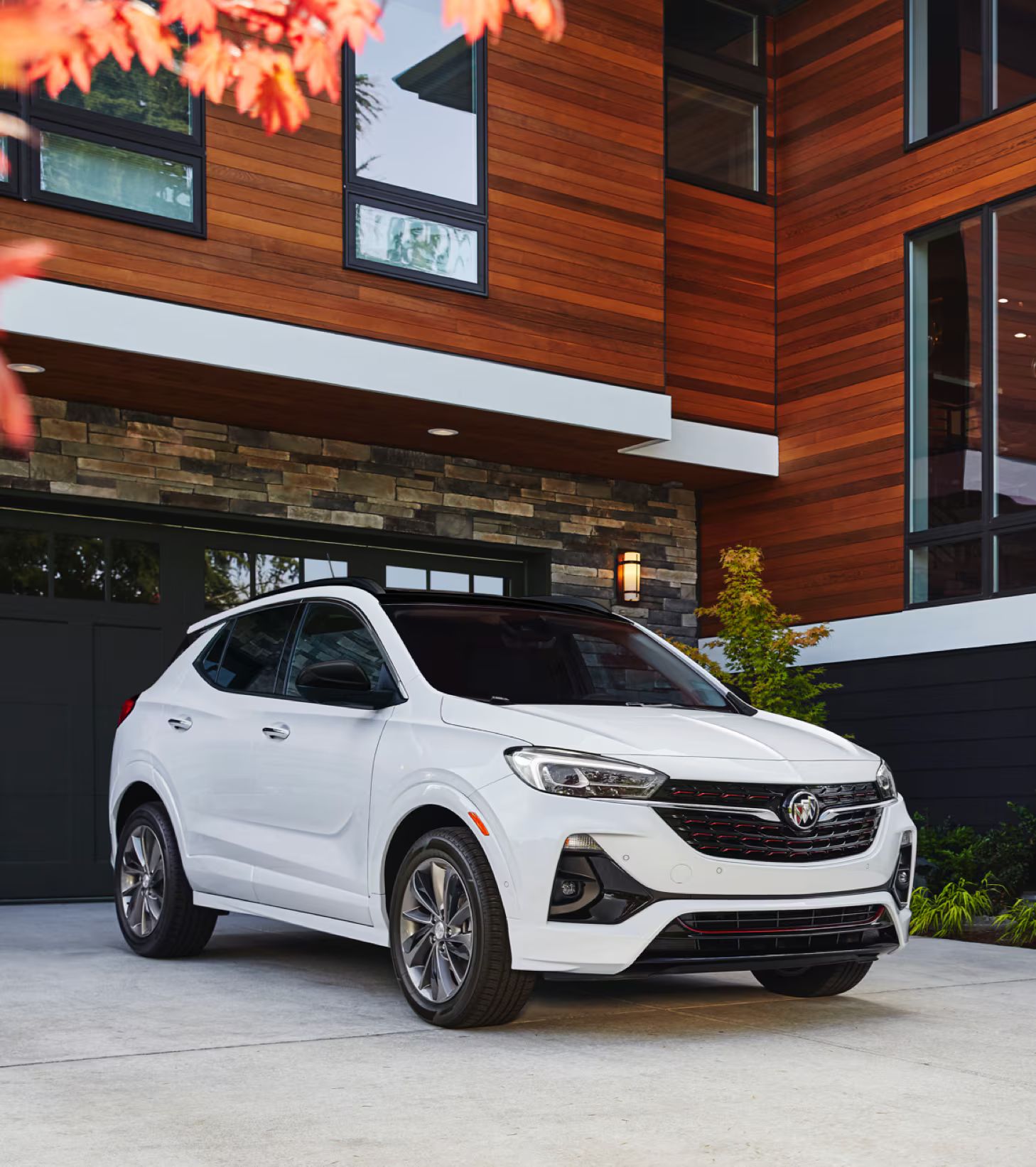
7. **Judging Parking Etiquette: Thou Shalt Back Into the Parking Spot (Especially at Meets)**This one might seem trivial to outsiders, but for us, it’s a subtle nod to proper car culture etiquette. While you don’t necessarily have to execute a perfect reverse park every single time you hit the grocery store (though, let’s be real, many of us do it “instinctively”), at “a car show or a significant meet, the unspoken rule is simple: always back into your parking spot.” It’s one of those things that instantly tells fellow enthusiasts you get it, you’re part of the club, and you understand the local customs.
Beyond looking cool, there are some seriously practical reasons for this particular habit. Primarily, “it makes for an easier, safer exit, especially in crowded lots” where foot traffic and other vehicles are plentiful. Imagine trying to reverse out of a packed show, craning your neck, when you could simply drive forward with a clear view. Additionally, backing in “subtly shows off your vehicle’s often more aggressive or interesting front fascia,” which is precisely “what most people want to see when strolling by” your ride. You’re giving your car its best angle, after all!
Failing to adhere to this simple rule, especially at dedicated car events, can be seen as “inconsiderate of their community.” It’s a minor detail, but it reflects a lack of awareness of the shared expectations and practical considerations of such gatherings. It shows you haven’t quite absorbed the “unspoken code” that governs these spaces, making it a point of subtle judgment among those who live by these collective norms. It’s about more than just parking; it’s about showing you’re tuned into the culture.
And for a bit of cheeky fun, the context notes that “according to social media, backing into parking spots really seems to annoy ‘non-car people,’ which, let’s be honest, is a bonus.” While we don’t *make* the rules, we certainly “just enforce them” with a knowing grin. So, the next time you’re pulling into a car event, take that extra moment to back in. It’s a small detail that speaks volumes about your understanding of the scene and your dedication to presenting your vehicle in the best possible light, while perhaps having a little laugh at the same time.
Alright, gearheads, we’ve revved through the initial commandments, laying the groundwork for what it truly means to earn respect in the automotive world. But the road ahead is full of even more nuanced, often deeply personal, judgments that truly define a seasoned enthusiast. From those small, involuntary habits to the core philosophies of car ownership and community, these next points are where the real passion — and sometimes the real scrutiny — comes into play. Let’s dive deeper into the code that binds us, separating the true believers from the casual cruisers.
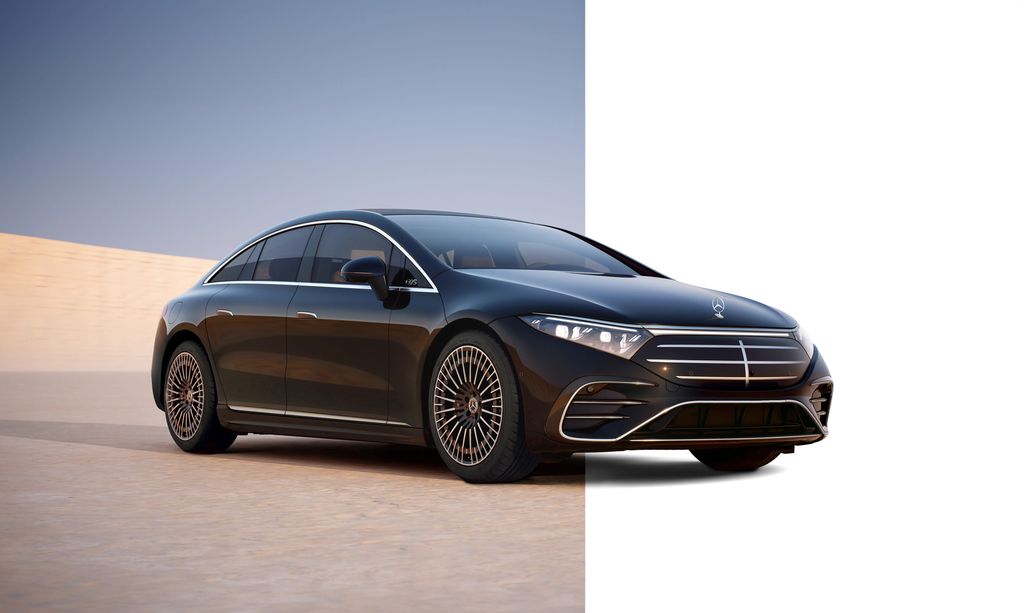
8. **Thou Shalt Turn Around and Look (Every Time)**This isn’t just a suggestion, my friends; it’s an undeniable, almost primal compulsion that courses through the veins of anyone who truly loves their ride. You’ve just found that perfect parking spot, maybe even expertly backed it in, killed the ignition, and stepped out. What comes next is an absolute must: you *must* turn around and cast one final, appreciative gaze upon your car. Every. Single. Time. It’s an involuntary act of love, a last lingering moment of admiration for the machine you cherish.
It’s more than just a quick check to see if you parked straight or if you accidentally dinged the door next to you. This is a profound, subconscious confirmation of perfection, a moment to truly soak in the lines, the stance, and the way the light dances off the freshly waxed paint after a triumphant wash. It’s a silent conversation between you and your metal masterpiece, a final nod of approval before you walk away, even for just a few minutes. It tells the world, and more importantly, yourself, that this magnificent piece of machinery is truly yours and you are proud of it.
Seriously, think about it. People who simply park their car and stride away without a backward glance? Well, they’re either completely soulless automatons who see a car merely as transportation, or they drive something so mind-numbingly boring that it doesn’t warrant a second thought. And honestly, who wants to be either of those? This essential habit is how you confirm, every day, that you truly own the *right* car for you.
This ritual, this instinctual look back, isn’t just about vanity; it’s the ultimate, unspoken sign of love, appreciation, and maybe just a little bit of healthy obsession. It’s a habit that every true car enthusiast understands, and frankly, it’s one of the quickest ways for a fellow enthusiast to gauge if your passion runs as deep as theirs. So, the next time you park, take that moment, turn around, and let that love shine!
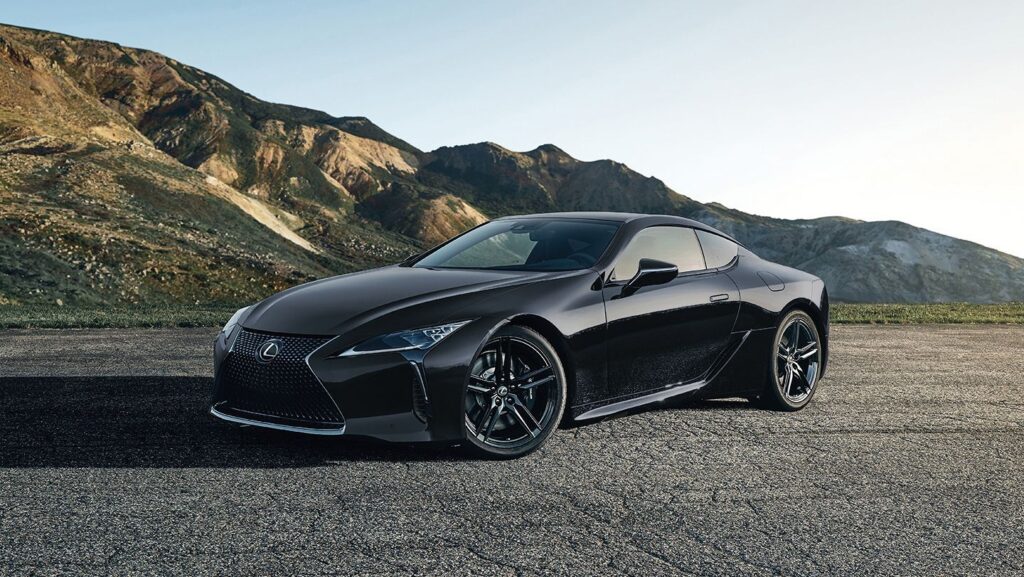
9. **Thou Shalt Not Slam The Doors!**Alright, this one is a critical directive, especially for those unsuspecting passengers you might have riding shotgun in your pride and joy. Let’s be crystal clear: you should *never* slam a car door. Seriously, not even an aggressive shove is acceptable. A truly well-engineered car door, particularly on a newer vehicle or a classic that’s been meticulously restored, requires only the gentlest of pushes to close securely. A firm yet soft close is the gold standard; anything more is an automotive sin.
Slamming a door doesn’t just create an unpleasant, jarring noise; it inflicts undue stress on a whole host of delicate components. We’re talking about the door hinges, the window regulators, and all those intricate interior panels that were designed with precision, not brute force, in mind. Beyond the physical damage, that violent thud feels like a direct punch to the owner’s soul, a painful disrespect for their cherished possession. It’s truly a universal language of pain for any car lover.
Furthermore, a cardinal rule within this commandment is always to close doors using the inside or outside handles. Absolutely avoid pushing directly on the window glass or, even worse, on the more fragile painted areas of the door itself. Treating a vehicle with this level of care and respect is simply what’s expected. It’s not some indestructible bank vault, my friend, so let’s treat it with the delicacy it deserves, showing genuine appreciation for its craftsmanship.
Remember, a car door is a finely tuned piece of engineering. Understanding and respecting this small detail immediately tells other enthusiasts that you truly appreciate the finer points of automotive care. It speaks volumes about your mindfulness and respect for not just the car, but for its owner’s dedication to its upkeep. So, next time, a gentle nudge is all you need!
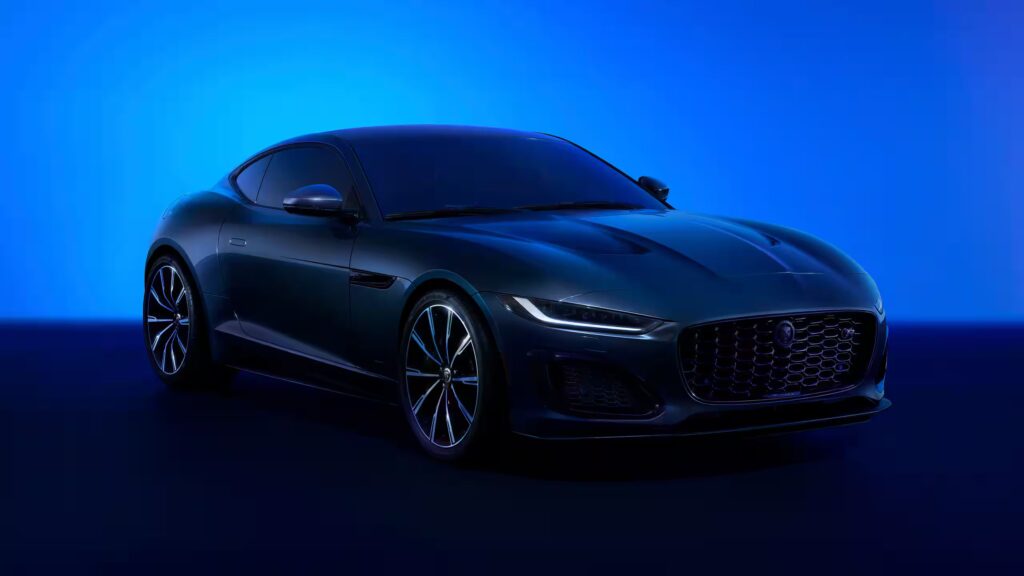
10. **Thou Shalt Always Refill The Tank (When Borrowing)**When someone extends the supreme courtesy of letting you borrow their car — especially if it’s their pride and joy, or a crucial workhorse that they rely on — your foremost duty is to treat that vehicle with the utmost reverence. This is a given, but there’s another, equally critical, unspoken rule that follows: you must *never*, under any circumstances, return that vehicle with a depleted fuel tank. It’s not just basic politeness; it’s an ironclad law.
Even if, by some twist of fate, the car was handed over to you running on fumes, the expectation remains the same: you top it off completely. This isn’t about being nitpicky; it’s the quiet, understood repayment expectation, the essential karmic balance that comes with borrowing someone’s personal property. It’s a small act that speaks volumes about your character and respect. Imagine needing your car for an urgent errand only to find it bone dry—that’s a quick way to sour a friendship.
This rule becomes doubly vital and universally judged if you’re borrowing a specialized vehicle, like a truck to trailer your broken-down project car, or a prized show car to a far-flung event. To return it empty is not just inconsiderate; it marks you as a truly absolute menace in the automotive community. Don’t ever be that person who thinks the “E” on the fuel gauge stands for “Enough for You.” It stands for empty, and empty means refuel.
Failing to adhere to this simple yet powerful rule is a swift way to lose respect and trust among fellow enthusiasts. It undermines the very spirit of generosity and mutual support that should define our community. So, always remember: borrowing means returning with a full tank. It’s a testament to your integrity and ensures that the cycle of automotive kindness continues, untouched by fuel gauge anxiety.

11. **Thou Shalt Not Eat In The Car (Especially Not My Car)**Alright, full disclosure time: this isn’t a rule that I, personally, strictly adhere to within the sacred confines of my *own* vehicle. In fact, for many of us, a late-night fast-food run, where you can just sit in your ride, munch away, and perhaps contemplate the philosophical nuances of a glowing Harbor Freight sign, is practically a cherished garage ritual. But that’s *my* car, and I’ll deal with the rogue french fries later.
However, when it comes to *someone else’s* vehicle, especially if it’s an enthusiast’s pride and joy, this rule transforms into an ironclad commandment: absolutely no eating. That means no crumbs, no sticky residue, and definitely no lingering smells that might stubbornly cling to the upholstery for days. It doesn’t matter how careful you think you are, or how ‘clean’ your snack is; the chances of making some kind of mess — crumbs mysteriously finding their way into seat crevices, grease migrating onto the steering wheel, or that faint aroma of stale fries taking up permanent residence — are astronomically high.
You should never, ever assume you have carte blanche to treat someone else’s meticulously clean interior like your personal drive-thru dining room. The amount of effort and care that goes into maintaining a pristine car interior is immense, and disrespecting that effort with an impromptu meal is a major faux pas. It’s a quick way to earn a silent, but very pointed, judgment from the owner and any other enthusiasts present.
Here’s a good litmus test to live by: if you wouldn’t confidently sit down to eat a greasy chili dog while wearing a pristine white suit or an expensive dress, then you absolutely should not be eating it in my car. This simple rule of courtesy and cleanliness shows a deep respect for someone else’s property and dedication, proving you truly understand the enthusiast’s bond with their vehicle.
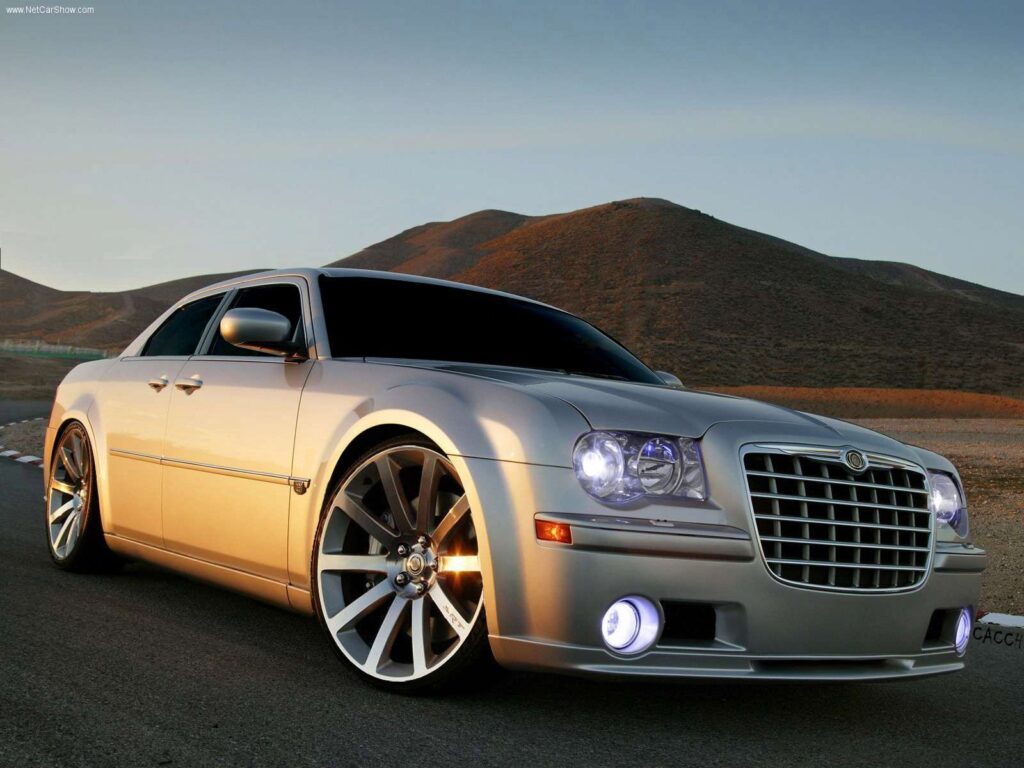
12. **Thou Shalt Appreciate All Cars and Enthusiasts**At the heart of a truly inclusive car community, we firmly believe that every single ride is cool – even if it doesn’t quite match your personal cup of high-octane oil. As Michael, a fellow car enthusiast, so eloquently puts it, “Everyone’s got different tastes, different budgets, and different skill sets. That doesn’t make anyone better or worse — it just means we’re all at different points in our automotive journey. And that’s something worth celebrating.” This sentiment encapsulates the welcoming spirit that should define our passion.
Our unwavering golden rule is simple: don’t be a jerk. Of course, we all enjoy a little good-natured fun; we’ll poke a gentle jab when a manufacturer totally misses the mark on a design or when we spot one too many questionable modifications at a local car show. But there’s a crucial line, and we *never* cross it by judging or disparaging the person behind the wheel. The car is one thing, the individual’s passion is another entirely.
If you possess a genuine love for cars, in any form, then you are undeniably one of us. It’s that simple. Whether you spend your weekends wrenching tirelessly on a rust-bucket project, meticulously chasing your ultimate dream build, or simply admiring from afar with a keen eye and a beating heart, welcome to the cult of car! This community should be an open embrace, a stark contrast to the often-mentioned “toxic,” “judgmental,” or “close-minded” stereotypes that unfortunately plague some corners of car culture.
This principle actively combats the negative perceptions, such as a “mine is better than yours” mentality or looking down on those who drive hybrids for better gas mileage, as highlighted in broader discussions about car enthusiasts. True appreciation means celebrating the diversity, rather than fostering an “insecure and arrogant” environment where “superiority complexes” take root. By embracing all tastes and budgets, we ensure our community remains vibrant, respectful, and genuinely inclusive, ensuring the passion lives on for everyone.

13. **Thou Shalt Not Mock Displacement (Unless It’s German and Forced Induction)**Ah, the roar of an engine – it’s the soundtrack to many a childhood dream, filled with the thrum of a big-block V8 or the guttural bellow of an LS motor. For those of us who grew up with that symphony, there’s an undeniable, almost spiritual truth: there is absolutely “no replacement for displacement.” And honestly, no amount of modern technology, efficiency targets, or environmental regulations is ever going to fundamentally change that deeply ingrained belief. We understand; we can’t blame you for holding onto that feeling.
While the automotive industry is undeniably pivoting towards smaller, hyper-efficient, forced-induction engines – because, let’s be real, physics and fuel economy demand it – the raw, unadulterated grunt of a naturally aspirated V8 remains a truly primal, emotional, and intensely satisfying experience. It’s not just about the numbers on a dyno; it’s about the visceral connection, the instant response, and the sheer character that only a larger displacement engine can deliver.
Does your modern turbocharged 2.0-liter engine confidently make a respectable 400 horsepower? Excellent, that’s genuinely impressive on paper. But does it truly shake the earth when it idles, deliver instant, linear torque that feels like it’s threatening to peel the asphalt off the road, and sound like a magnificent symphony of controlled explosions every time you tap the throttle? Probably not quite in the same way, let’s be honest. We can certainly respect the scientific numbers and technological marvels, but for many, it’s the cubic inches that we truly *feel* in our bones and souls.
This is an old adage, yes, but some truths are eternal in the world of car enthusiasts, even if your daily driver happens to be a silent, lightning-fast EV. It reflects a core preference and a point of genuine passion that many enthusiasts hold dear, and it’s certainly something that will lead to a knowing nod of approval or a subtle judgment. It’s a conversation starter, a friendly debate, and a nod to a heritage that still resonates deeply within the community.
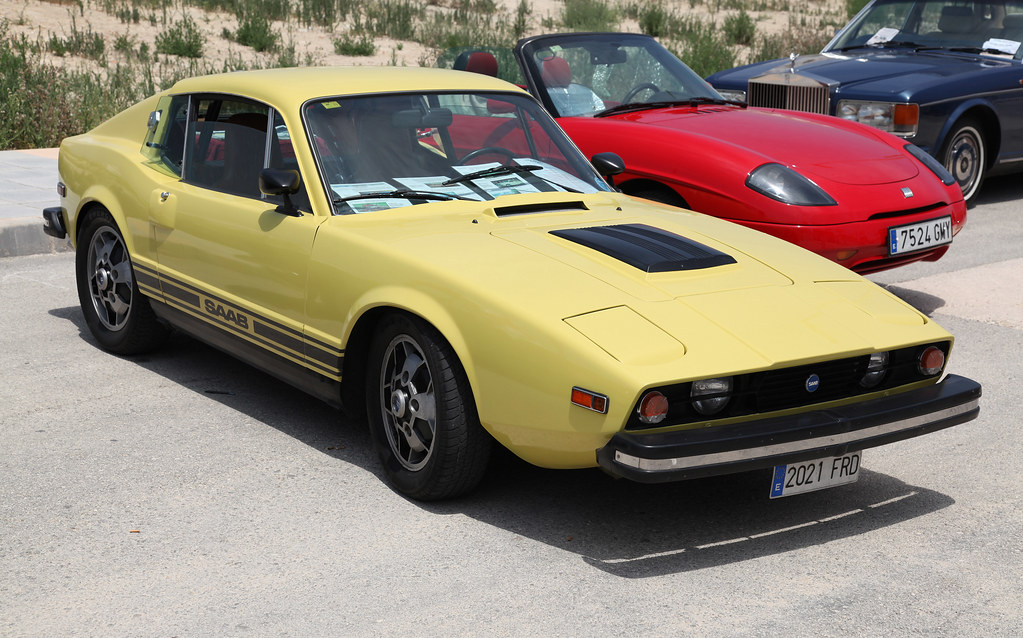
14. **Judging Financial Prudence: Thou Shalt Plan for Upkeep (Not Just Purchase)**The moment you finally snag that dream car, whether it’s a high-performance beast or an exotic beauty, is pure unadulterated bliss. You’ve saved, you’ve maybe stretched your budget, and life feels amazing. But this euphoria can quickly crash when the first maintenance bill lands, and that, my friends, is where a true enthusiast’s judgment comes into play. It’s not just about the initial purchase; it’s about the foresight to plan for the ongoing demands of your beloved machine.
Other enthusiasts will quickly size you up based on whether you seem to understand this fundamental truth. High-performance and exotic cars don’t just carry hefty price tags; they demand equally expensive, specialized care. Need new tires for that super-sticky grip? That’ll be thousands. Routine maintenance isn’t a quick stop at the corner mechanic; it requires specialists, and their expertise doesn’t come cheap. Just imagine an oil change on a Bugatti Veyron costing an eye-watering $21,000 compared to a Toyota Corolla’s $80. The financial reality hits hard.
This directly ties into one of the “five common mistakes car enthusiasts often make”: **Ignoring Maintenance Costs for Exotic or High-Performance Cars**. A discerning enthusiast recognizes that simply owning the car isn’t enough; budgeting accordingly for its ongoing demands is crucial. Failing to research maintenance costs before signing on the dotted line signals a lack of preparedness or a superficial understanding of true car ownership. It suggests you were swayed by the dream without facing the full reality.
So, when you roll into a meet, other enthusiasts aren’t just looking at the shine on your paint; they’re subtly assessing whether you *get* the full scope of commitment. Showing that you’ve considered, and budgeted for, the often-astronomical upkeep costs of your dream machine demonstrates a level of maturity and genuine dedication that earns deep respect. It proves you’re not just a temporary owner, but a committed caretaker who understands that the love of a car extends far beyond the showroom floor.
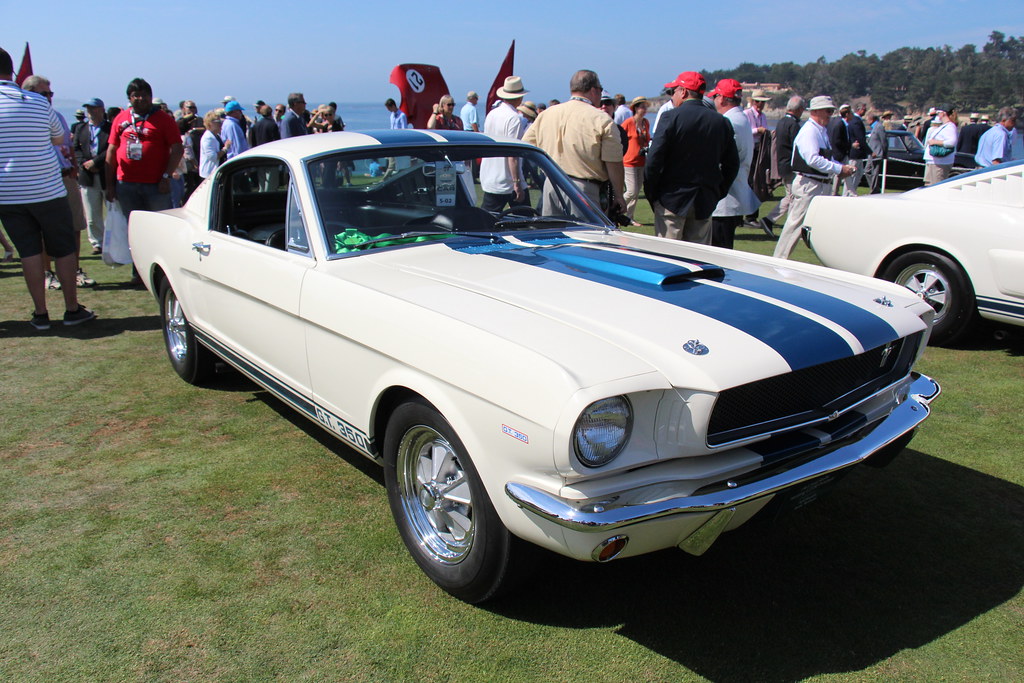
15. **Judging Authenticity: Thou Shalt Build for Passion, Not Trends**Automotive trends are like fleeting fads – one day everyone’s rocking matte black wraps, the next it’s all about impossibly oversized spoilers. They can be incredibly tempting to chase, promising instant cool points. But a critical judgment point among enthusiasts is whether your vehicle truly reflects *your* personal passion and vision, or if you’re simply following the crowd. Chasing what’s popular often leads to owning a car that, deep down, doesn’t truly feel like it’s yours.
This brings us to the infamous “mod trap,” a truly slippery slope where many enthusiasts find themselves. You start with a seemingly simple upgrade, and before you know it, you’re knee-deep in a collection of aftermarket parts that don’t quite fit together, don’t work in harmony, or worse, don’t actually enhance your driving experience. The outcome? A car that might look great on Instagram but fails to spark genuine joy in real life. True enthusiasts look beyond the flash for thoughtful modifications that enhance performance and personality, staying true to a personal preference, not just a passing trend.
The context warns us about “**Chasing Trends Rather Than Personal Preferences / Falling Into the Mod Trap**” and it’s a crucial observation. Haphazardly throwing modifications together can lead to “catastrophic damages,” and there are “loads of marketing gimmicks” making “unsubstantiated claims” about power gains, often resulting in “a decrease in power.” Enthusiasts judge if your modifications are well-researched and purposeful, or if you’ve fallen victim to the hype and wasted a fortune on parts with “diminishing ROI on power gains” or even detrimental effects.
Ultimately, true enthusiasts judge the *intent* behind your modifications and your overall build philosophy. Is your car a genuine expression of your unique taste and engineering ambition, or is it a Frankenstein’s monster built from whatever was popular last week? Building for genuine passion, meticulous research, and personal enjoyment, rather than just to follow a trend or score “show-off points,” is what truly earns admiration and respect within the car community. It proves your dedication runs deeper than surface-level aesthetics.
So, there you have it: the full rundown of unspoken rules, the subtle nods, and yes, the occasional eyebrow raises that define how car enthusiasts size up your vehicle and, by extension, you. Our shared passion for automobiles is a vibrant, ever-evolving beast, held together by these invisible threads of understanding and respect. They aren’t just about polishing your chrome or perfecting your cornering; they’re about cultivating a community where every gearhead, every wrencher, and every admirer feels like they belong.
These commandments might not be etched into stone tablets at your local Cars and Coffee, but they are intrinsically understood by anyone who’s ever turned a wrench, wiped down a fender at sunrise, or simply appreciates the artistry of a well-built machine. They are the bedrock that keeps the scene vibrant, respectful, and genuinely alive. By embracing these principles, we not only show respect for the machines we adore but also for each other, forging a bond that goes beyond horsepower and torque. So, keep turning those wrenches, keep those engines humming, and keep the spirit of true automotive enthusiasm alive and well.



